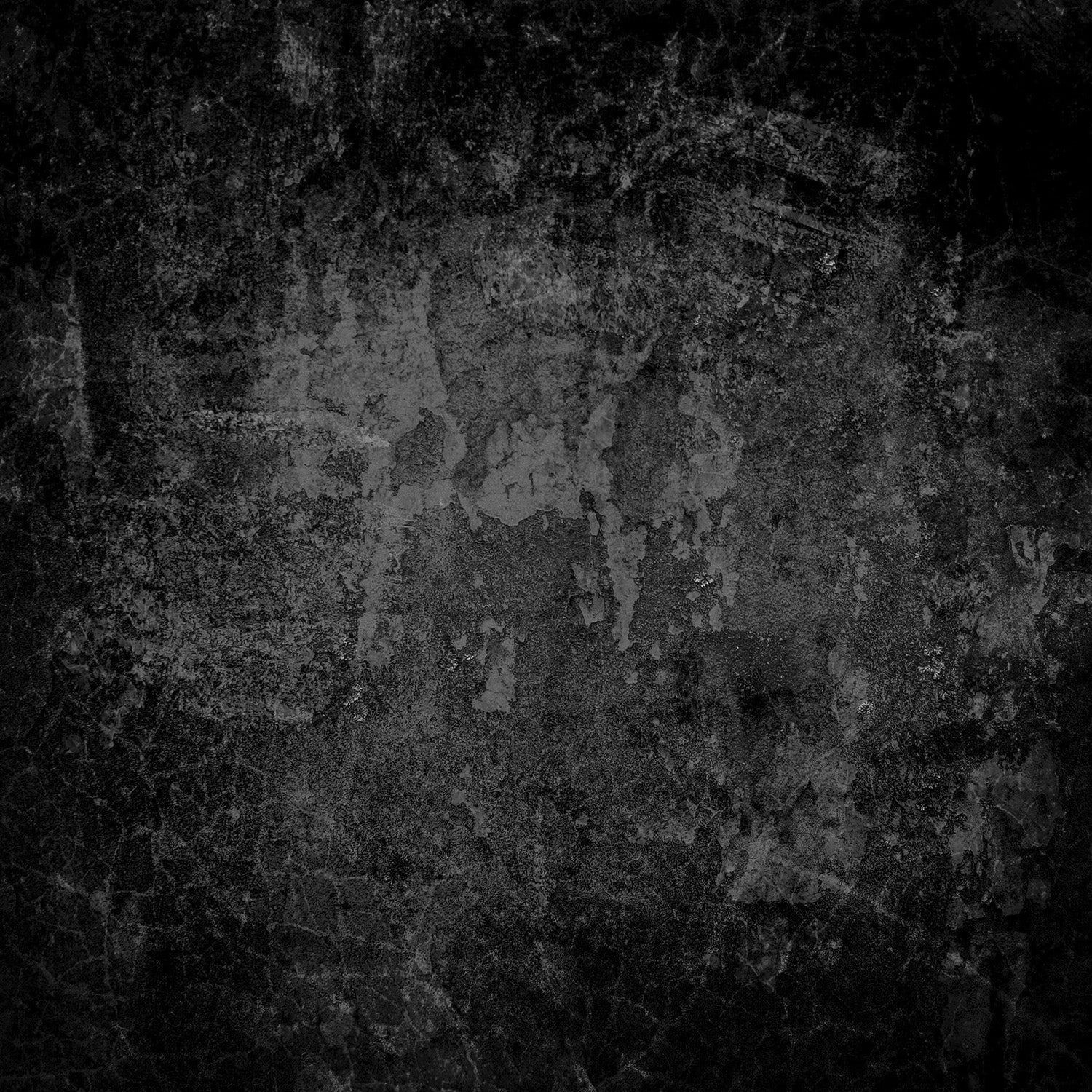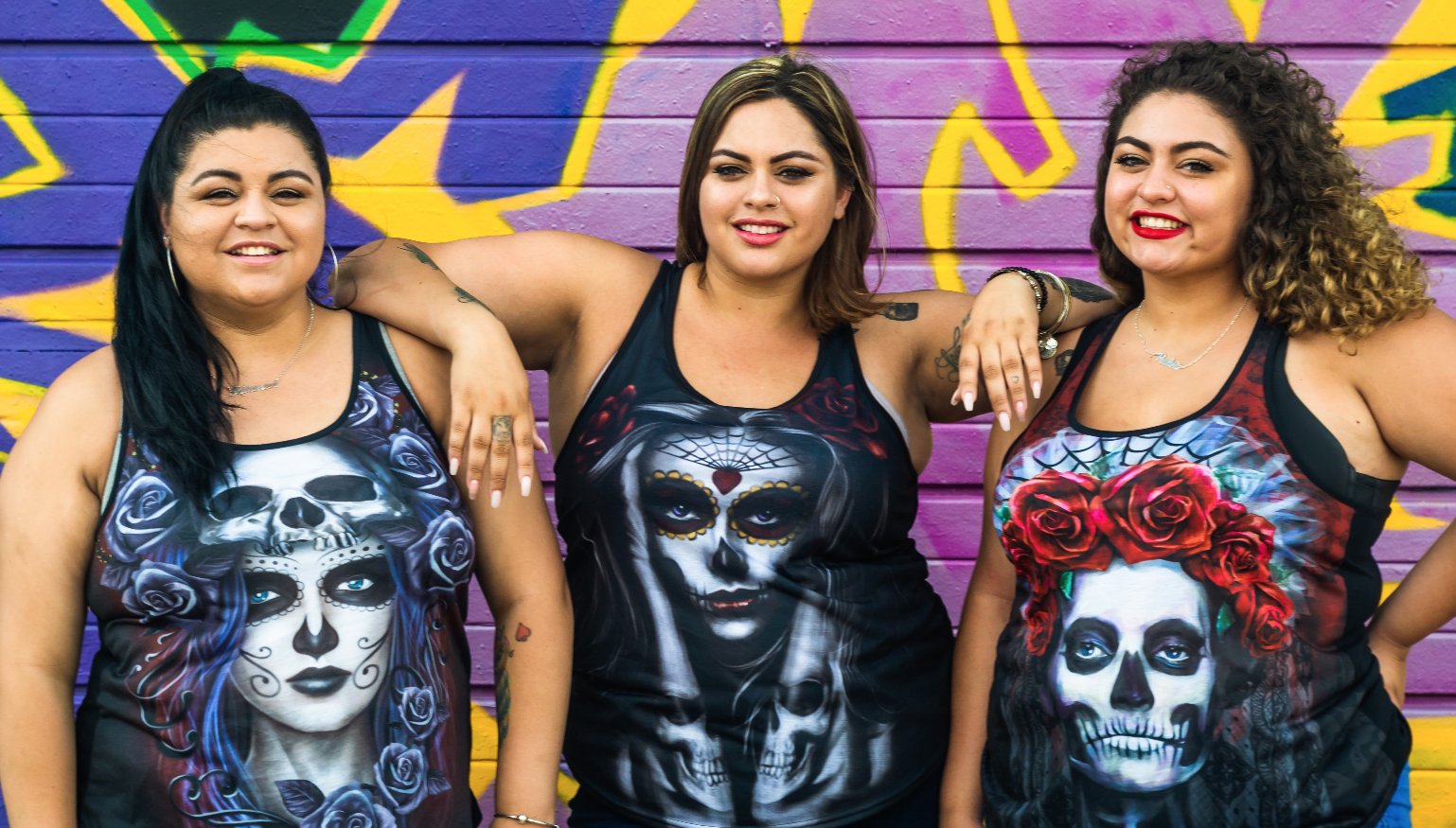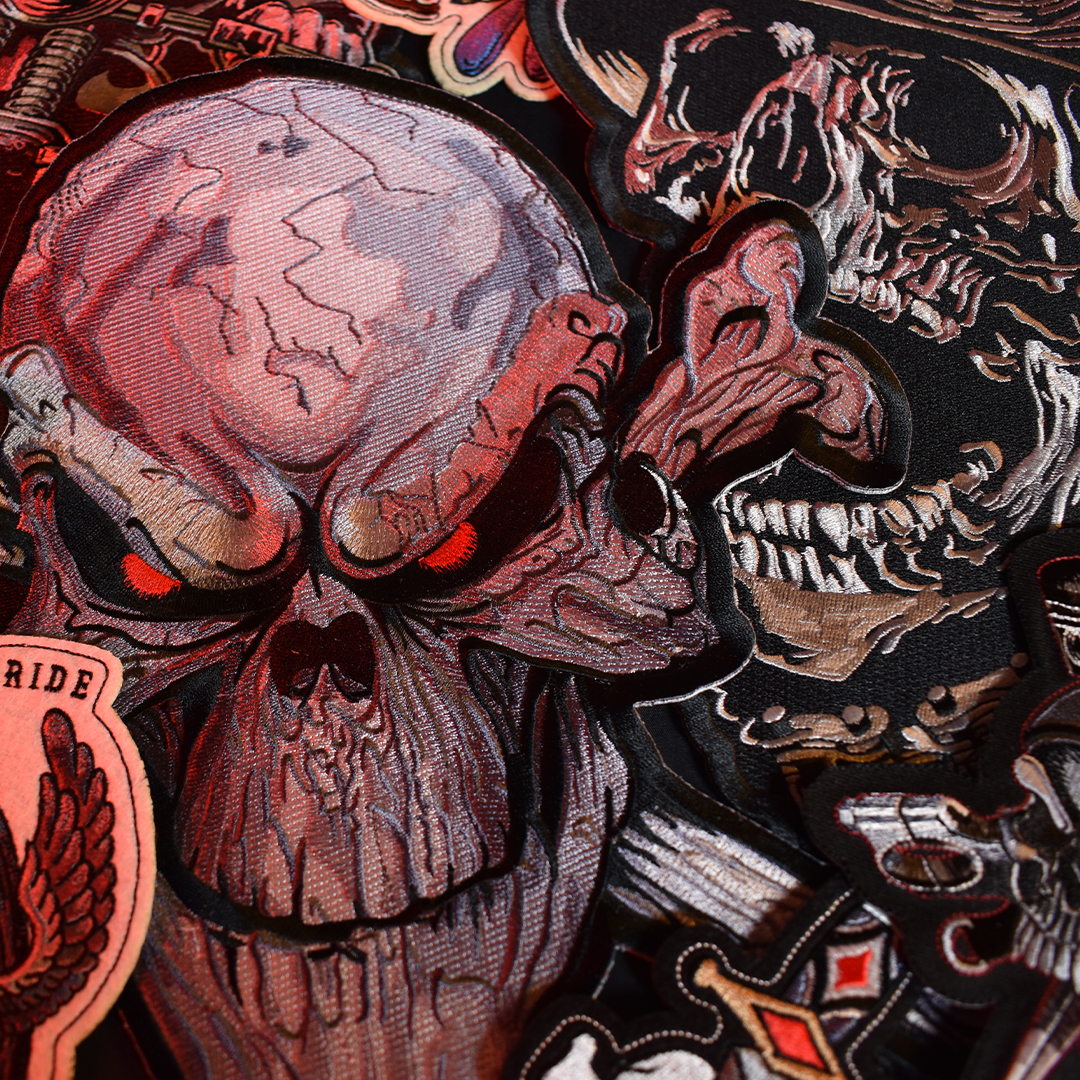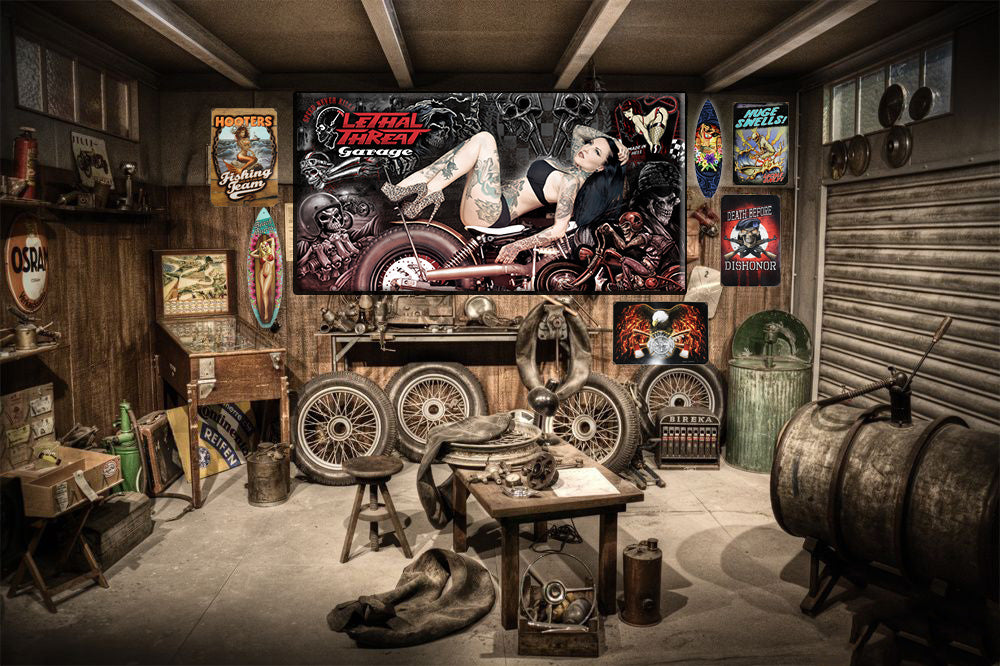Which Tattoo Style is for You?

Across the centuries that tattooing has been practiced, it has seen countless evolutions in style, purpose, and cultural perception. Here in the United States, tattoos were once seen as a taboo, but those days have been over for quite a while. Roughly 145 million Americans have at least one tattoo, according to a Statista study from 2019. Of course, many of us have an uncle or grandma who still hasn’t gotten over that first tattoo, but at least you only have to see them during the holidays, right?

With tattoos more popular than ever, we thought we’d put together a guide of sorts, breaking down a few of the most common styles. After all, getting a tattoo now is different than getting one 10 years ago, let alone 60. With modern technology, tattooing as an art form has continued to innovate with no signs of hitting a creative ceiling any time soon. Having an entire tattoo sleeve would have been seen as transgressive as recently as the 90’s, but today? A hardcore tattoo enthusiast might have their entire body decorated. If you’re looking to get inked yourself, even if this isn’t your first time under the needle, this guide should tell you everything you need to know to make an informed decision.

American traditional — a classic style that is often associated with hippies and other countercultural figures of the 60s — originated in the 1930’s as a way for social rejects and those who lived on the fringes of society to express themselves. Also referred to as “old school” style tattoos, they are best characterized by a saturated use of simple colors and a lack of dimensionality in favor of a leveled, hand drawn look. Typical designs in this style include pinup girls, nautical iconography, or a tattoo with traditional lettering. Although artists will often put their own twist on a design, these requirements have to be met for your tattoo to be considered American traditional. If it isn’t instantly recognizable, then it’s not old school.


Speaking of “instantly recognizable,” the next style we’re focusing on is Japanese traditional. Japanese traditional dates back further than most tattoo styles that are popular today, originating about 5,000 years ago. Featuring a vivid and distinct color palette with imagery deeply rooted in Japanese art, these tattoos carry specific symbolic meaning to those who display them. Before getting a Japanese traditional tattoo, we’d recommend researching the details of the design that you’re interested in, both large and small. These tattoos each mean something distinct, right down to the colors chosen. You might also want some experience with tattoos before getting one of these, because this method takes the “traditional” part of its namesake literally. There are no electrical tools used in the process. If you can handle the procedure however, the singular beauty of this style is more than worth it.


Next on our roster is a tattoo style that can only be performed with the technology we have today, realism. In case you slept through art history, realism is the practice of making a work that resembles real life in an immaculately detailed way. It is a rigorous way to make any kind of art, and tattoos are no different. This style exists in two possible types; black/grey realism and color realism. Both require intense amounts of shading, and finely-tuned attention to all aspects of the design. If you choose to go color, be prepared for a formidably long series of sessions. Realist tattoos take a specific skill set that may be harder to find in a tattoo artist, so make sure that the artist you choose knows what they’re doing, and are the right fit for the design you want. If a realist tattoo comes out badly, it’s not going to be an easy fix.


Last but not least, we have new school tattoos. Given their name entirely for the relationship they have to their old school counterparts, new school tattoos blend some of the same stylistic techniques with new influences. Most sources would cite the new school tattoos origin as the late 80’s and early 90’s, and it was just as much a changing of mentalities as it was a changing of style. For years, it was very unusual for tattoo artists to share their particular craft with others, to prevent competitors from stealing their ideas. The new school saw this as a kind of stagnation, and supported a culture of sharing, as well as borrowing influences from across the cultural spectrum. They utilize hard outlines like the old school, but lifted restrictions on color, and overall subject matter. New school tattoos pull from more cartoony influences, as well as the cultures of hip-hop and graffiti art to name a few, to create designs that are far more embellished and eccentric. These are some of the most easily customizable tattoos on the market, and can generate countless possibilities.


With interest in tattoos continuing to grow and lockdown finally starting to end, we sincerely hope that this article was able to help break down some common tattoo styles, and inspire you to go out and get one (or for most of you, I’m sure, another one).
Written by Josh Sandler















Leave a comment